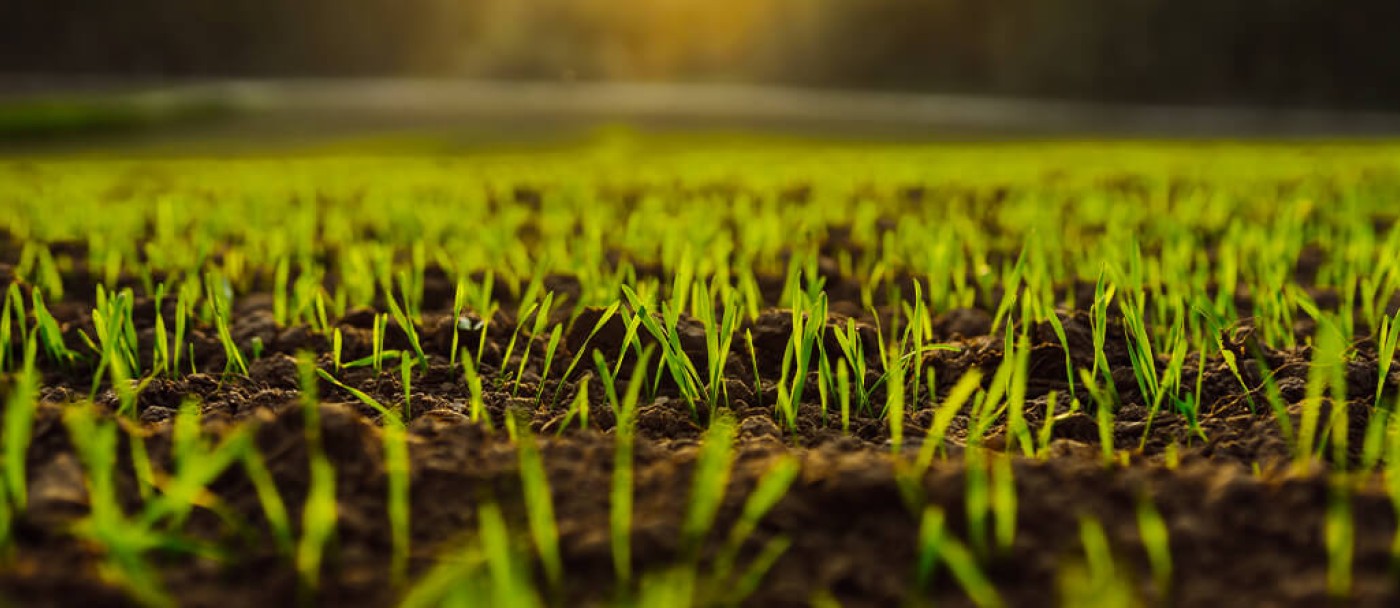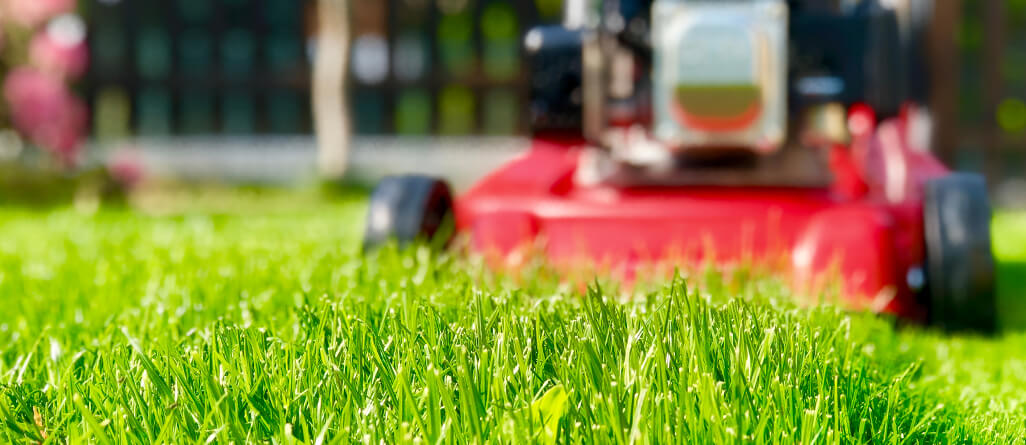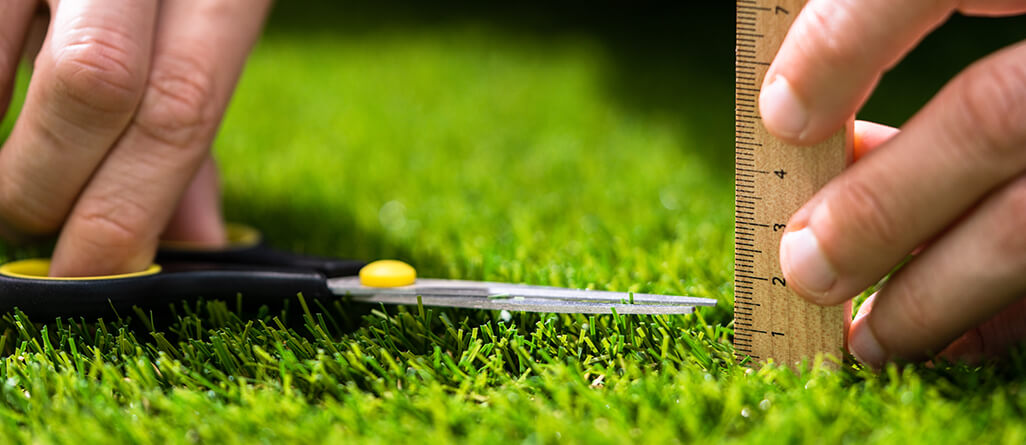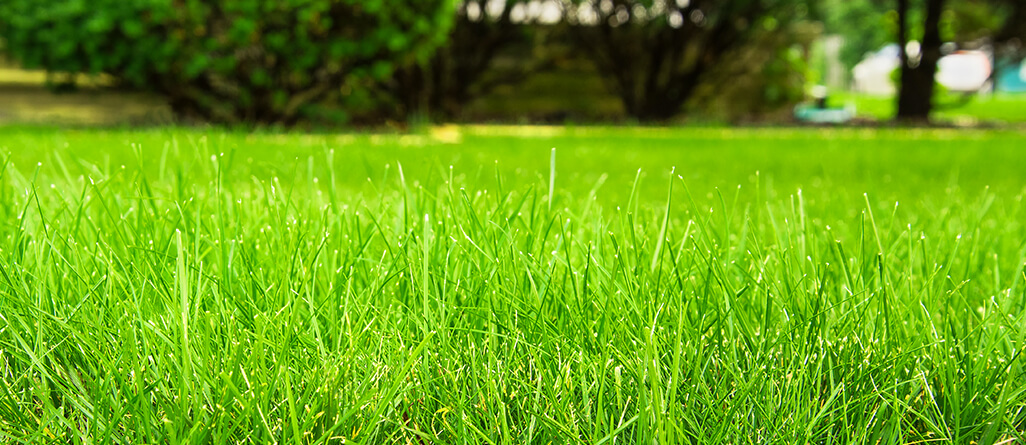When to mow after sowing the lawn?

Whether you're starting a new lawn, repairing a damaged lawn or thickening a bare area, sowing grass is a simple and faster way than you might think to achieve a lush lawn. Unlike sod, which has only one grass type, seed mixes contain different varieties of lawn grasses, allowing you to have a lush, green lawn no matter the conditions.
Say you’ve recently seeded and are now wondering when to start mowing? Understand that mowing too early can badly damage new growth. On the other hand, waiting too long before the first mowing can make the new lawn difficult to maintain.
As you know, at C-I-L, we like to make your life easier. Here, we explain when and how to mow after seeding to ensure a strong and healthy new lawn.
Learn how to choose your grass seed and discover the benefits of different grass varieties here: How to choose the best grass seed for your lawn | C-I-L® Lawn and Garden
How do you know when it's time to mow?
The first mowing should generally take place four to six weeks after seeding. It is, however, impossible to give an exact number of days since each situation is different and, as we'll see later, time is not the key factor.
Some weather conditions will promote faster germination and make the lawn grow faster than others. Watering and soil type could also, in some cases, have an impact, as can the nutrients that are present. A lawn starter fertilizer applied to the soil before seeding will promote root and green growth. Try our 10-20-5 formula!
Finally, under equivalent growing conditions, the type of lawn grass will also make a difference. Cool-season grasses, such as fescue, grow faster than warm-season grasses. The latter are more common in lawns in the southern United States because they cannot survive Canadian winters.
When should you first mow your lawn after seeding?
Consider the height of the grass, not the number of days that have passed since the new blades appeared.
The first mowing of a newly seeded lawn should be done when the grass reaches at least 10 cm to 12 cm in height, or when the blade length exceeds one-third of the recommended height before mowing.
For grasses commonly found in Canadian lawns, namely fescues, ryegrass and Kentucky bluegrass, it is recommended to wait until the new grass reaches 10 cm (for the shortest) before mowing it to an ideal height of 7.5 cm.
Why wait to mow?
Mowing a newly seeded lawn too early risks damaging both the grass blades and their underground parts. Damaged roots may not take root. Finally, late-stage seeds are prevented from germinating. Those that have begun the process without yet taking root will be moved and eliminated (ryegrasses germinate within 7 days, fescues within 10 days and bluegrass within 21 days).
Mowing too early also damages the still bare soil, creating ruts that will later need to be repaired by adding enriched lawn soil, and eventually reseeding. Until the grass is well-rooted, the soil remains loose and easy to dig. The mower's wheels will leave a mark until the soil is firm enough to withstand their passage.
8 tips for mowing your lawn
- Never cut more than a third of the grass blade at each mowing.
- The ideal time to mow is late in the day when the sun is less hot. This will give the grass time to recover from its stress before nightfall.
- Avoid mowing when the lawn is wet. In spring and fall, don't mow before 10:30 a.m. to allow time for dew to evaporate.
- Avoid mowing during a heatwave.
- Always ensure the mower blade is sharp. If necessary, sharpen it or replace it with a new one.
- The first and last mowings of the season can be shorter (4.5 cm to 6 cm).
- When temperatures are cooler, avoid leaving grass clippings on your lawn. For more information, see: Fertilizing with grass clippings: Why it can't be enough | C-I-L® Lawn and Garden
- Learn about the best products to use and the best time to fertilize a new lawn.








